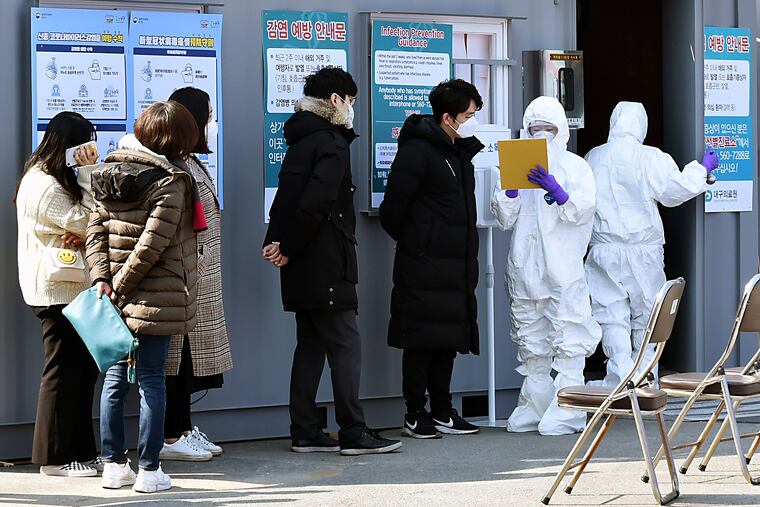Trump should take a lesson from South Korea on coronavirus and get moving on testing now | Trudy Rubin
South Korea tests more of its citizens for coronavirus in one day than the United States has done since the virus emerged.

South Korea tests more of its citizens for coronavirus in one day than the United States has done since the virus emerged.
